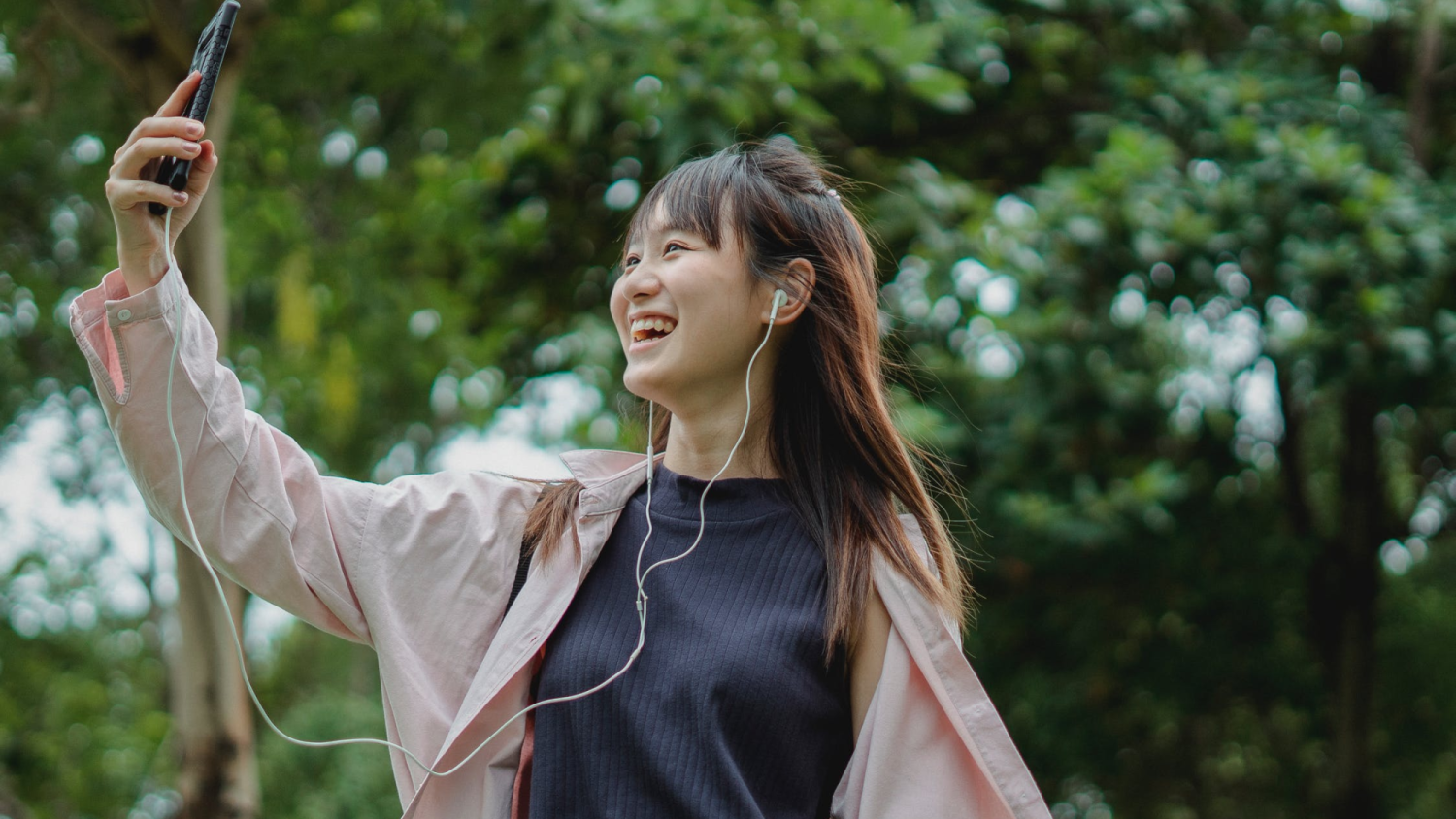AR filters: Benefit or curse?
Roughly a 3 minute read by Zahra Roper

Whether you’re on Instagram, Snapchat, or TikTok, chances are you’ve dabbled in playing with the filters seen on these apps. Instagram Stories are used by 500million people daily and 200million of those play with or view filters (or lenses depending on your platform of choice) every day to transform the way they look!
So what are filters, and why are they so popular?
An AR Filter is a piece of software that superimposes virtual computer-generated video effects on top of a real-world image, creating a combined image of both. Many apps have their own “creator studios” for these and just about anyone can create a filter to be used by anyone.
The most common use for these AR filters has been as face filters but you can add numerous types of effects to your photos and videos to alter your face, clothes, or surroundings to add a little more dynamic range to your content. Tiktok is really paving the way for making these filters more sophisticated than ever. In fact, there is a whole genre of content around exposing the before and after, the social media vs. reality, of such filters.
People love the chance to modify their photos and videos without downloading expensive editing software or committing hours to learn the skills. These can be great for brands too because they’re hyper-immersive, easy to use, personal and they’re pretty cheap and fast to make. You could make your own and upload it to the Spark AR (Meta) or Effect House (Tiktok) and it’ll be live within 48 hours.
Some excellent ways brands are utilising the AR filter space is by incorporating their products within the filter in a fun way. We’ve seen this with Nike, Dior and Michael Kors who all use these filters as a way to try a virtual product before you buy. It’s a genius way to get user-generated content too and get yourself trending with minimal effort.
However, there’s also a debate around how damaging AR filters can be, especially with younger users. Marie Claire posted an article that went viral about how filters allow us to constantly compare ourselves to completely unattainable beauty standards as many filters accessible to the public use skin smoothing and facial restructuring. They do as described by showing an augmented reality.
With TikTok users only climbing and Instagram keen to replicate their success, it’s likely that filters and lenses will be around for a while. If done right, they can be a great way for brands to show off their personality and engage with fans. But we hope marketing strategies continue to balance this approach with some actual reality to keep our expectations healthy and our social media habits in check. Do you use filters within your marketing strategy? Want a hand getting started? Get in touch!